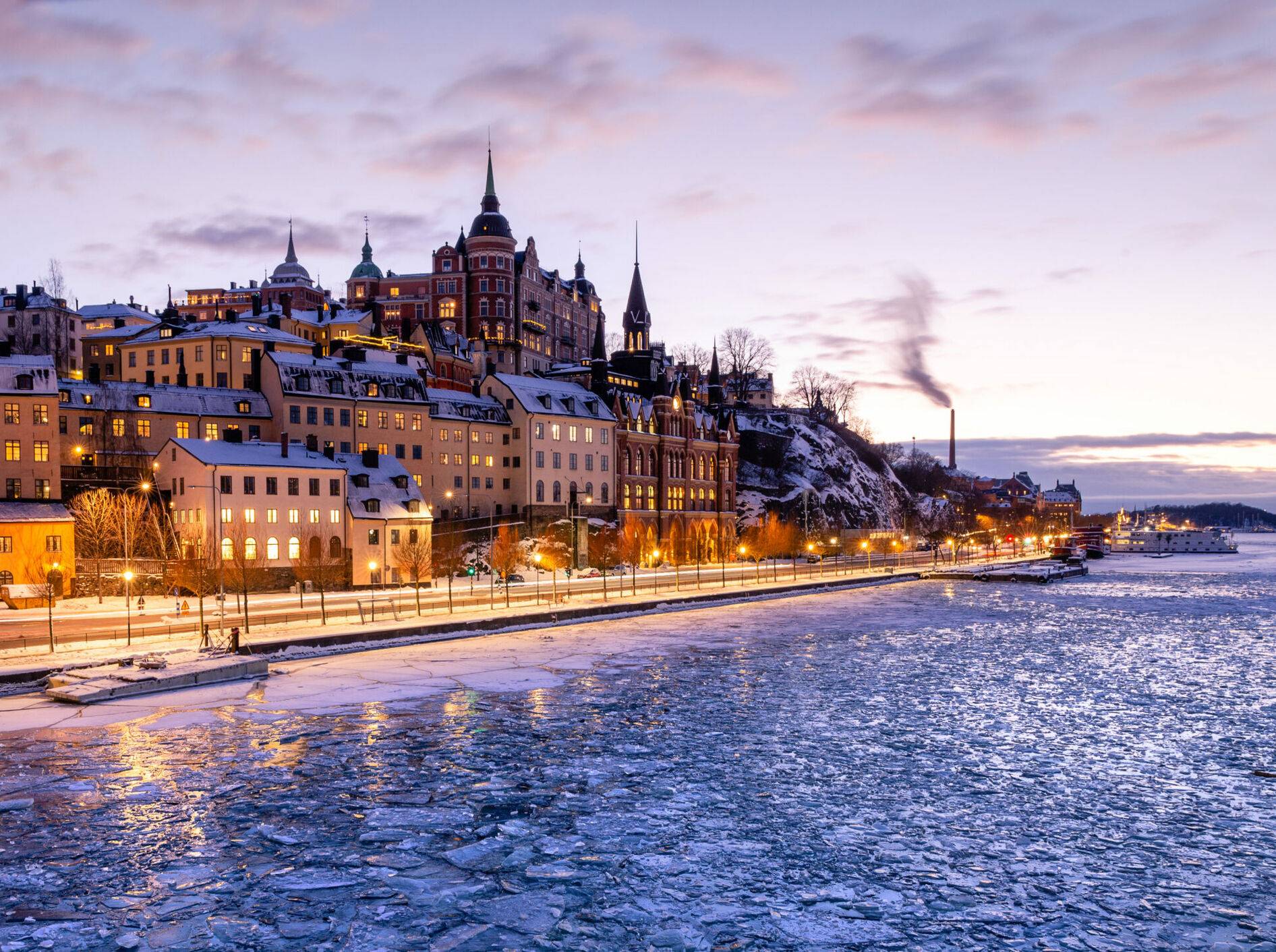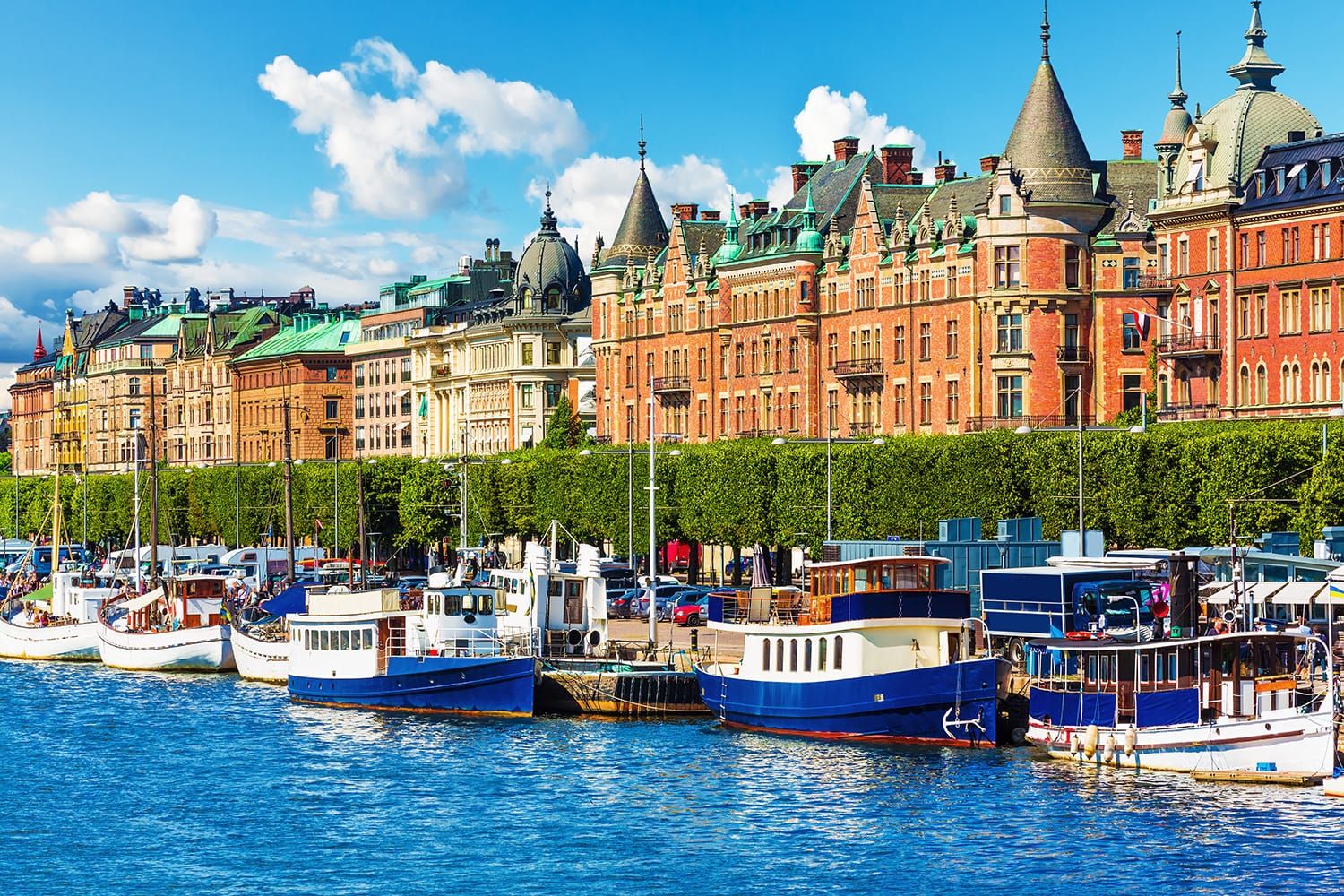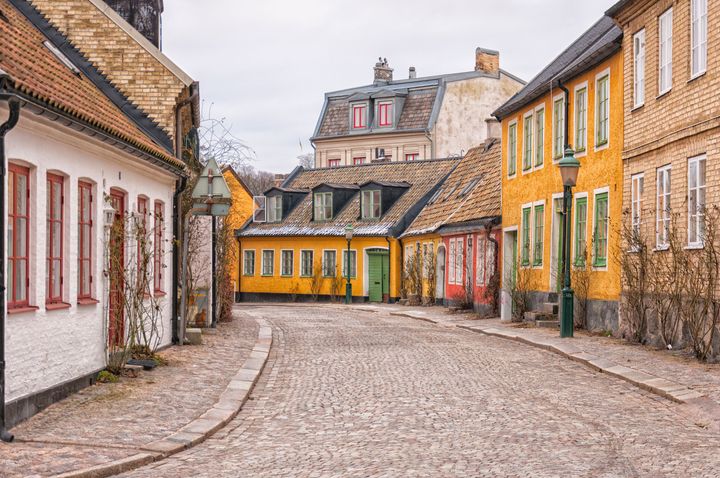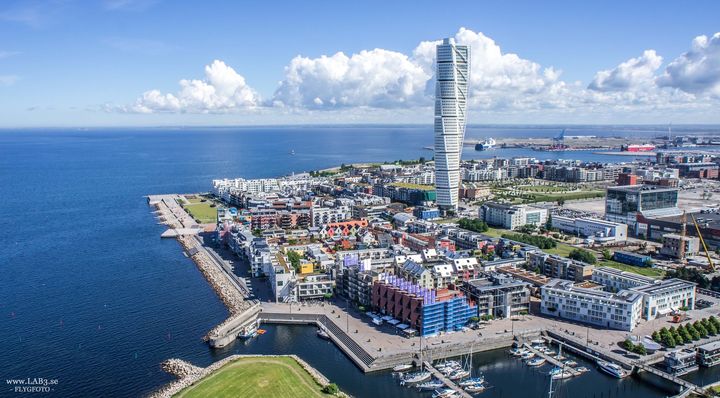The Climate and Seasons in Stockholm: What to Expect and How to Prepare
Discover the diverse climate and seasons in Stockholm, learn how to prepare for various weather conditions, and make the most of your time in the city, whether it's winter or summer.

Stockholm, the capital of Sweden, is known for its beautiful landscapes, historical landmarks, and vibrant culture. As you plan your stay, understanding the city's climate and seasons can help you prepare and make the most of your time in this picturesque city.
In this blog post, we'll explore Stockholm's weather, share essential tips for preparing for Swedish weather conditions, and highlight some items you definitely need to pack when moving to Sweden.
Stockholm Climate
Stockholm experiences a humid continental climate with four distinct seasons, each offering unique experiences and opportunities. Winters are cold and snowy, while summers are mild and pleasant. Spring and autumn bring transitional weather, with varying degrees of warmth and rainfall.

Winters in Stockholm
Winter in Stockholm typically lasts from December to February, with average temperatures ranging from -10°C to around 0°C. Snowfall usually occurs from January to March, making it an ideal time for snow sports enthusiasts. To stay warm and comfortable during the winter months, you should consider investing in quality winter clothing, including a waterproof and insulated jacket, thermal layers, and appropriate footwear.

Summers in Stockholm
Summer in Stockholm, spanning from June to August, offers mild temperatures ranging from 13°C to 25°C. These months are perfect for exploring the city's green spaces, participating in outdoor activities, and experiencing the extended daylight hours. Make sure to pack lightweight clothing, sunscreen, and mosquito repellent to stay comfortable during the warmer months.
As you prepare for your stay in Stockholm, let Hemavi take care of your accommodation needs. Our matchmaking platform focuses on safety and compatibility between roommates, helping you find the perfect shared living space. By connecting like-minded individuals, Hemavi ensures a harmonious living environment that allows you to make the most of Stockholm's incredible climate and seasons.

Preparing for Swedish Winter
Being prepared for Stockholm's varying climate is essential. Layered clothing is key, as it allows you to easily adapt to changing weather conditions. Waterproof outer layers, thermal base layers, and versatile mid-layers will ensure you remain comfortable throughout your stay in Stockholm.
Base Layer: Controlling Warmth and Moisture
The base layer should be soft, comfortable, and breathable, effectively wicking away perspiration to keep your skin dry. Locals in Lappland in the north of Sweden would likely recommend merino wool as one of the best materials, while advising against cotton. A long-sleeved top, long johns, and thermal socks should suffice. Add more sock layers as desired and keep an extra pair handy in case your feet get wet.
Mid Layer: Retaining Heat
The mid layer, which serves as insulation, should be designed to keep you warm. This layer is optional and typically reserved for extremely cold conditions. Both a fleece jacket and a thick wool sweater make excellent insulating layers. For your lower body, opt for thick, warm polyester or fleece pants. The key here is flexibility – being able to add or remove mid layers quickly, and easily adjust zippers or collars.
Outer Layer: Protection from the Elements
To stay dry in snowy conditions, your outer layer should be both waterproof and windproof. In Swedish, people often refer to their outer layers as "täckisar," meaning clothes filled with down feathers or simply warm and puffy. Nowadays, these layers are made with other insulating synthetic materials, but the goal remains the same: to have warm and durable winter clothing.
Packing List for Stockholm
Your packing list should include lightweight tops, comfortable pants, skirts and/or dresses, and general lightweight clothing for when the weather gets warm. This can include:
- Lightweight waterproof jacket
- Comfortable shoes or sneakers
- Sandals
- Swimwear (with a lightweight travel towel)
- A jumper or jacket for evenings (as temperatures can still drop)
- Sunscreen
- Mosquito repellent
- Tick removal kit (ticks are common in various areas, including around Stockholm)
- Eye mask for sleeping (due to extended daylight during summer)
Autumn and winter conditions can vary across the country. Around Stockholm, winter temperatures usually hover around or below freezing, and snow is common. To prepare well for that, you can pack:
- Wind- and waterproof winter jacket (down jackets are popular in Sweden)
- Fleece jacket for milder, drier days
- Waterproof trousers
- Chunky knitwear (avoid while hiking)
- Thermal layers/underwear for colder days (opt for wool or synthetic fabrics)
- Hat, scarf, and gloves (padded and waterproof for winter)
- Heavy-duty moisturizer and lip balm
- Sunscreen (if you like skiing)
- Backpack (more suitable than a wheeled suitcase in snowy conditions)
Conclusion
Understanding Stockholm's climate and seasons can greatly enhance your experience in this beautiful city. By being prepared for various weather conditions and embracing the unique aspects of each season, you'll create lasting memories and enjoy everything Stockholm has to offer. And with Hemavi's help, you can find the ideal accommodation to complement your stay, ensuring a comfortable and enjoyable experience in this captivating city




Comments ()